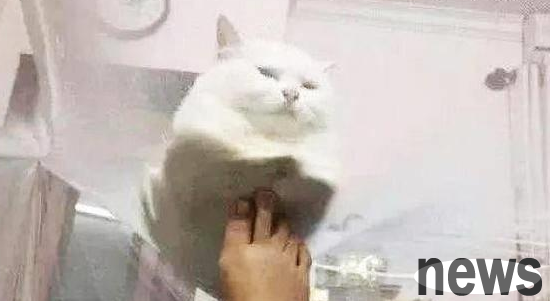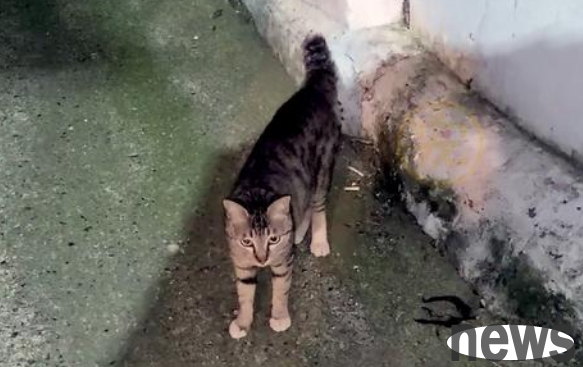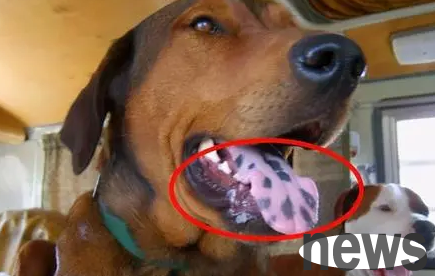Why do pets stay in the hospital for observation after sterilization?
After pet sterilization, doctors generally do not ask the shoveler to take the pet home immediately, and some will recommend staying in the hospital for a few days to continue observation. Most shovelers believe that everything will be fine after the pet anesthetics. In fact, as the saying goes, three parts treatment and seven parts care. Although a sterilization surgery can cause a broken stomach to hurt your vitality, the quality of the post-operative care will affect whether the entire operation is successful and whether it can pass through the recovery period smoothly. Therefore, during the period of staying in the hospital for observation, doctors are more attentive than when performing surgery! The most unstable 3 hours after surgery
The 3 hours after surgery are the high incidence of complications during the operation! Often some hidden diseases of pets will be concurrent at this moment! This is why there are many rumors that a sterilization surgery will kill the pet! In fact, sterilization surgery is the most common surgical operation performed by every doctor, and it rarely leads to tragedy due to mistakes. However, pets suffer from hidden diseases that their owners have not found (such as acute heart disease), which may be fatal after the operation. Therefore, it is recommended to stay in the observation room for at least 3 hours to confirm that it is awakened and stable before leaving the hospital. During the observation period, the anesthesiologist will also formulate corresponding infusion plans based on the animal's condition and pain level, so the observation time must be determined based on the infusion time. Severe cases are recommended for hospitalization observation.

Make sure to feed them after passing through the dangerous stages
We have encountered some cases where the owner took the pet home, and when he saw them wake up, he mistakenly thought that they had passed the anesthetics, so he wanted to feed some food to restore their strength. However, just after leaving the operating room, the animal is still in anesthesia and awake, and although it has basic reflexes, it has not yet fully recovered. Therefore, before fully awakening, do not feed to prevent vomiting or reflux and its possible esophageal corrosive injury or inhalation pneumonia. The time for complete awakening varies depending on the animal and its serious condition, and generally takes 8-10 hours; please determine the special cases according to the doctor's judgment.
Abnormal respiratory status is the most dangerous warning that the doctor will be able to accompany the pets throughout the operation room after they push the pets out of the operating room. At this time, the doctor will definitely have strict requirements on their "lying position": lying prone or lying on your side, and if the owner wants to hold the pet in his arms, he will definitely be opposed. In fact, the reason is very simple. Holding pets in their arms will affect their smooth breathing to a certain extent, and accidents such as suffocation may occur. Therefore, observing the respiratory status of pets after surgery is also the most important reason for staying in the hospital for observation! The stress status of pets requires patience from the owner to comfort the pets after surgery. The pets are involuntarily trembling, drooling, moaning, etc. after surgery. This is the stress status of pets. They are extremely fragile at this time. If they are brought home at this time, the noisy noise of vehicles on the road is likely to make them more sensitive and aggravate their stress response. During the observation period of staying in the hospital, the owner can relax the pets through comfort and whispers, so that they can feel the owner's company. After this series of states disappear, you will be considered as passing the dangerous period.
Keep warm! Keep warm!! Keep warm!!!
Once the pets are anesthetized, their body temperature will drop slightly, and they are still in a low temperature after the operation. If the doctor finds that the pets are too low after the operation, they will put them in a constant warming box to help recover. Before sterilizing pets, the owner can also prepare a thicker blanket for them and lay them in the cage. On the one hand, it can alleviate the vibration when walking, and on the other hand, it can keep warm! But it should be noted that there will be a period of incontinence after the pet surgery. Putting a layer of pet diapers on the blanket can prevent the blanket from getting dirty!
After the operation, it is normal for the mood to be irritable. Whether it is cats, dogs, males and females, they usually feel very irritable after waking up from anesthetics, which is a very normal phenomenon. The reason for irritability comes from being unable to control one's insecurity and the side effects of pain. If a pet shows symptoms such as scratching, biting, roaring, etc., the owner must first protect himself from being hurt, and then comfort it until it becomes quiet. This is the same as the stress state mentioned before, and it requires patience to relieve it.
So, once a pet has undergone surgery, don't rush to take it home. It is wise to leave enough time to observe in the hospital for a while. In addition, if the doctor thinks that the pet is too weak, or finds other problems during the operation and needs to stay in the hospital for several days, the owner must cooperate! Although some shovelers have figured out the routine of sterilization, there are still differences between different individuals. Listening to a doctor's advice can actually avoid 90% of the danger.




